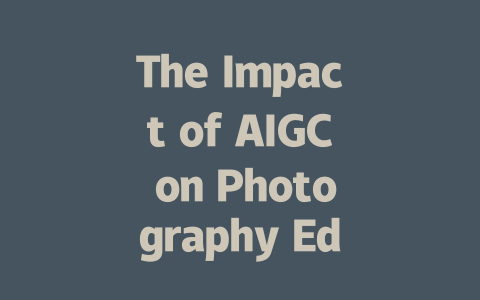
In recent years, artificial intelligence-generated content (AIGC) has been significantly reshaping various industries, including photography and art. This innovation not only changes how images are created but also alters the educational landscape for aspiring photographers and artists. As technology continues to advance, understanding the implications of AIGC in these fields has become increasingly important.
The Rise of AIGC in Photography
The advent of AIGC tools has revolutionized photography by enabling users to create stunning visuals with minimal effort. Programs powered by AI can generate images based on simple prompts, allowing photographers to explore new creative avenues. This technological shift is helping photographers not only save time but also expand their creative horizons, leading to a resurgence of artistic experimentation.
Transforming Art Education
With the integration of AIGC in education, art programs are undergoing significant transformation. Traditional photography classes are now incorporating lessons on how to utilize AI tools effectively. Students are taught not just the fundamentals of photography but also how to integrate technology into their creative processes. This shift allows for a more interdisciplinary approach to art education, where students learn to combine traditional techniques with modern technology.
Enhancing Creativity and Innovation
One notable benefit of AIGC is its capacity to enhance creativity and innovation. As students leverage AI tools, they can easily visualize complex concepts or create unique compositions that may have been difficult to achieve through traditional means. This blend of AI and artistic expression allows for a fertile ground where innovative ideas can flourish, ultimately resulting in richer and more diverse works of art.
Ethical Considerations in AIGC
Despite the numerous benefits, the rise of AIGC in photography and art education raises ethical questions that must be addressed. Issues such as copyright, originality, and the role of the artist come to the forefront. As AI begins to generate images that can closely resemble human-made art, educators and students alike grapple with what constitutes authentic artistic expression. This conversation is crucial for the future of both fields, prompting the necessity for guidelines and ethical standards.
The Future of Photography and Art Education
As AIGC continues to evolve, its influence on photography and art education is poised to grow. Institutions are beginning to adopt AI-driven tools, teaching students how to collaborate with machines rather than compete against them. The future may see photographers creating alongside AI partners, where artistic intent meets algorithmic power. Preparing the next generation of artists and photographers to navigate this new landscape is essential for sustaining creativity.
Conclusion
The impact of AIGC on photography education and art creation is undeniable. As technology reshapes these fields, educators and artists must adapt and embrace new methodologies and ethical considerations. By fostering a dynamic relationship between AI tools and human creativity, we can ensure that the art world continues to thrive, enriched by both tradition and innovation. The journey ahead promises to be exciting, paving the way for a new era of artistic expression.

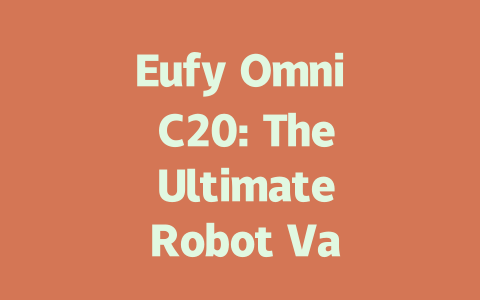





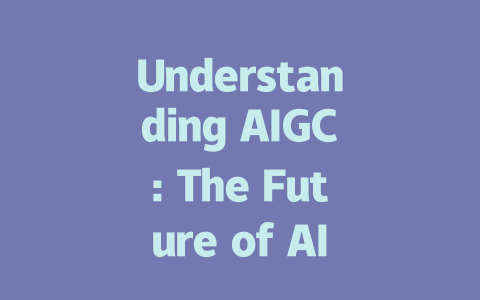
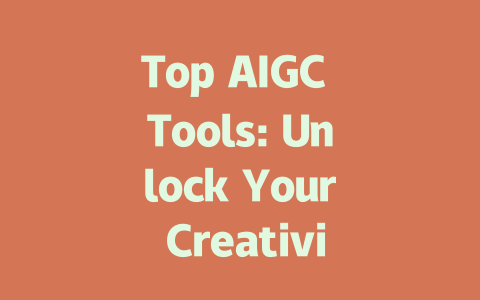
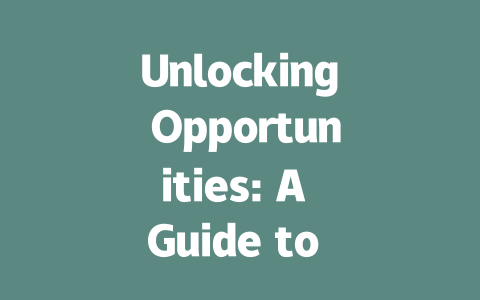

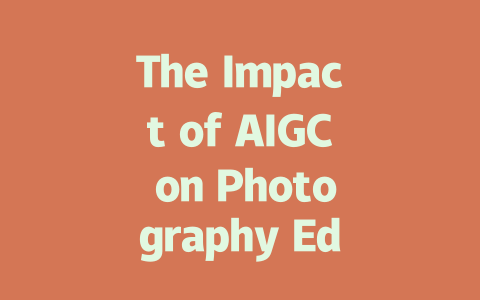
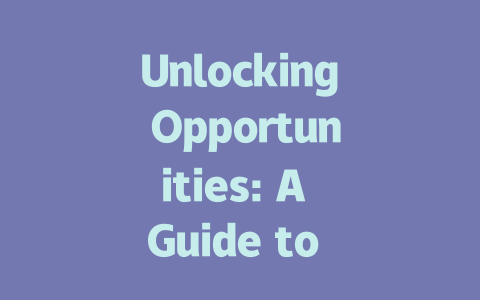

暂无评论内容